Space news stories

Video footage captured on security cameras shows a meteor lighting up the sky above Midsomer Norton and Bath.
Image from: Night sky near Flagstaff (Wiki Commons)
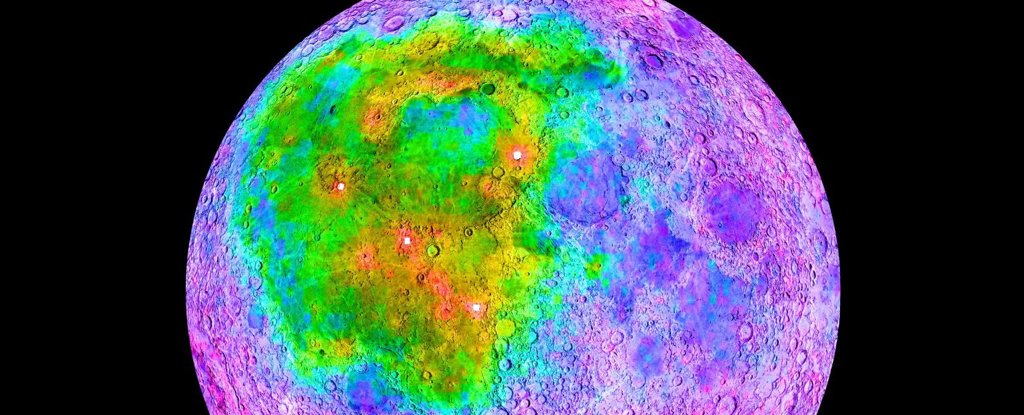
A crater that covers nearly a quarter of the Moon’s surface has revealed new information on how Earth’s natural satellite buddy formed – and the findings have tremendous implications, researchers say.
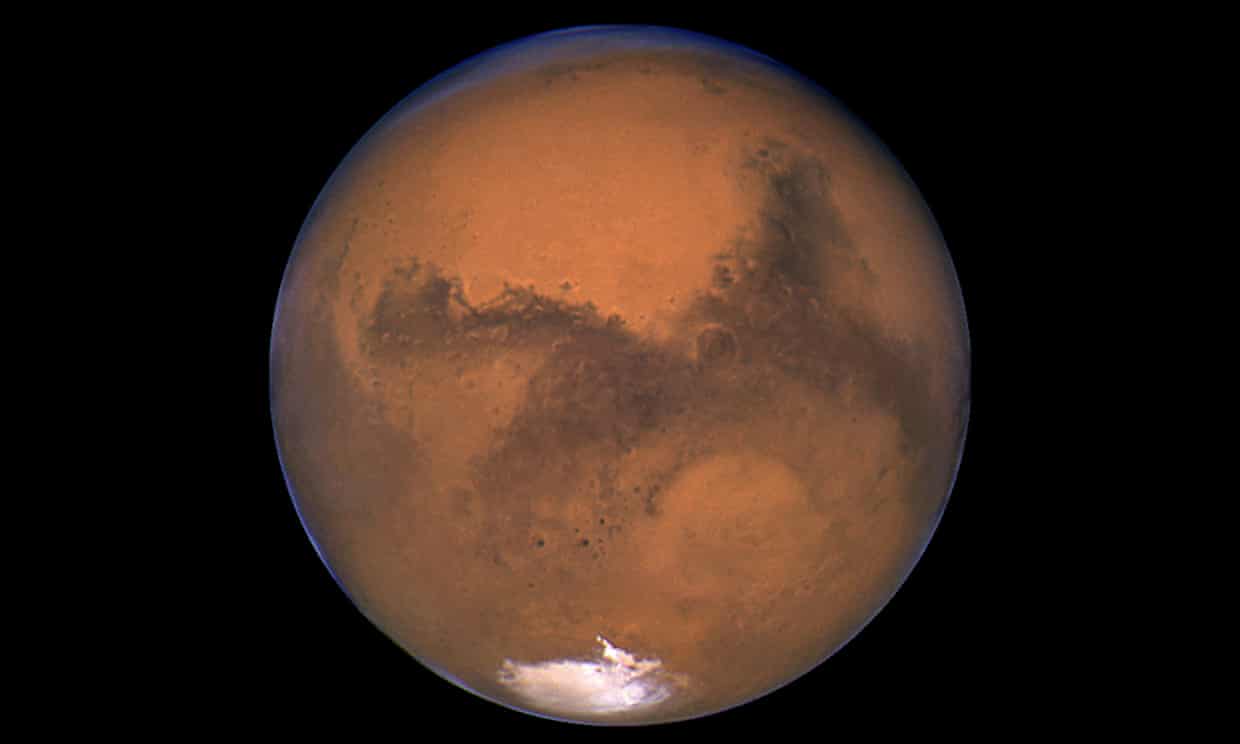
Researchers have observed water vapour escaping high up in the thin atmosphere of Mars, offering tantalising new clues as to whether the red planet could have once hosted life.
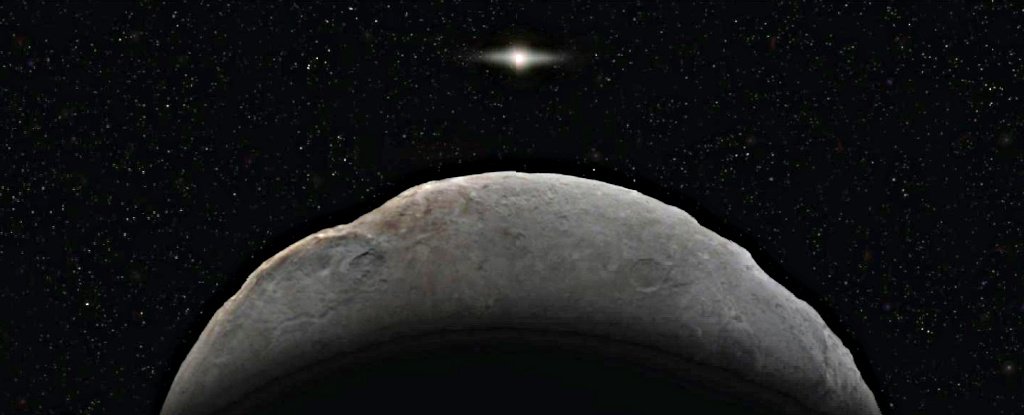
FarFarOut, a large chunk of rock found in 2018 at a whopping distance of around 132 astronomical units from the Sun, has been studied and characterised, and we now know a lot more about it, and its orbit.
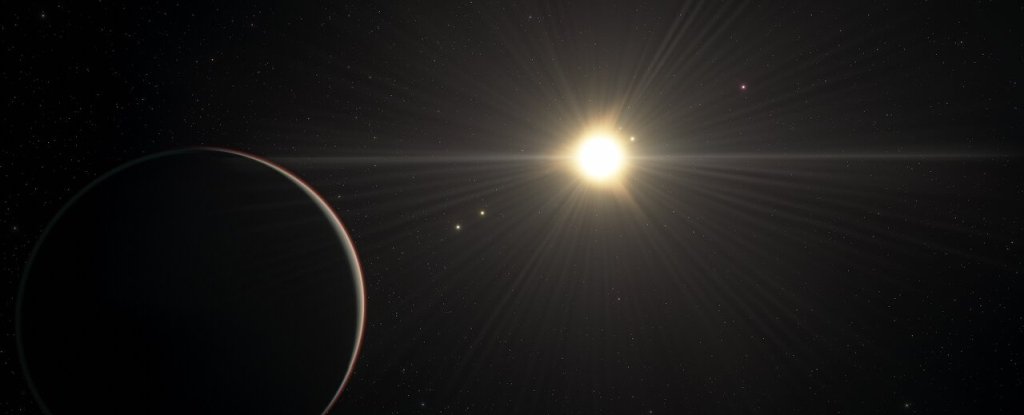
A planetary system 200 light-years away has been found locked in a rare orbital dance.
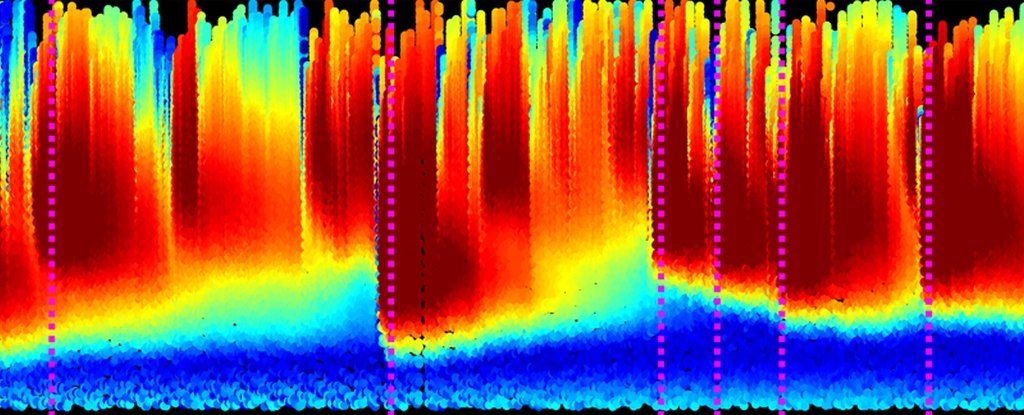
When you look up at the sky, the region of space around Earth may look as clear as a song, but there’s a heck of a lot going on out there that we can’t see.

New observations of a very unusual and mysterious star located approximately 15,000 light-years away from Earth have revealed a bizarre pattern of stellar activity that astronomers say they’ve never witnessed before.

Findings suggest the first galaxies in the universe were more massive than previously thought.
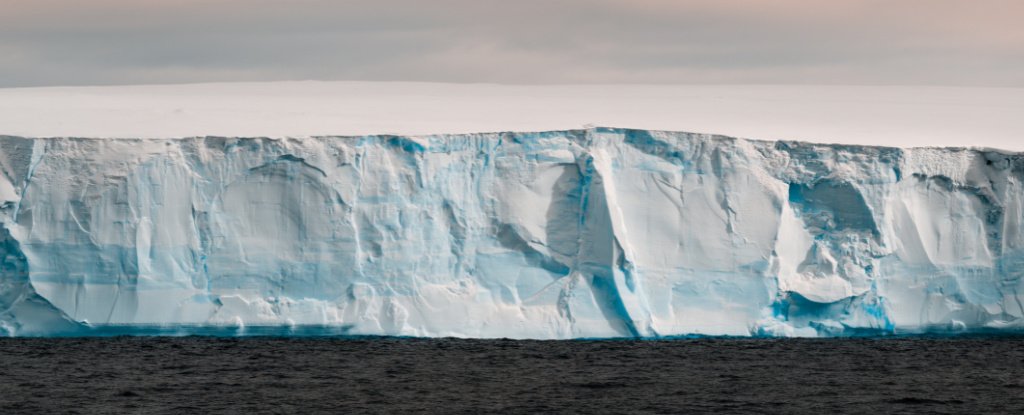
Deep – really deep – in the Antarctic ice, scientists have found jarosite, a tawny-hued mineral that’s rarely found on Earth, but seems to be curiously abundant on the red planet.

When Harvard professor Avi Loeb discovered possible signs of extraterrestrial activity, it caused a scandal in the research community. Is fear and conservatism stopping science from considering plausible evidence that there are aliens out there?

“What second moon,” you ask? Astronomers call it 2020 SO – a small object that dropped into Earth’s orbit about halfway between our planet and the moon in September 2020.
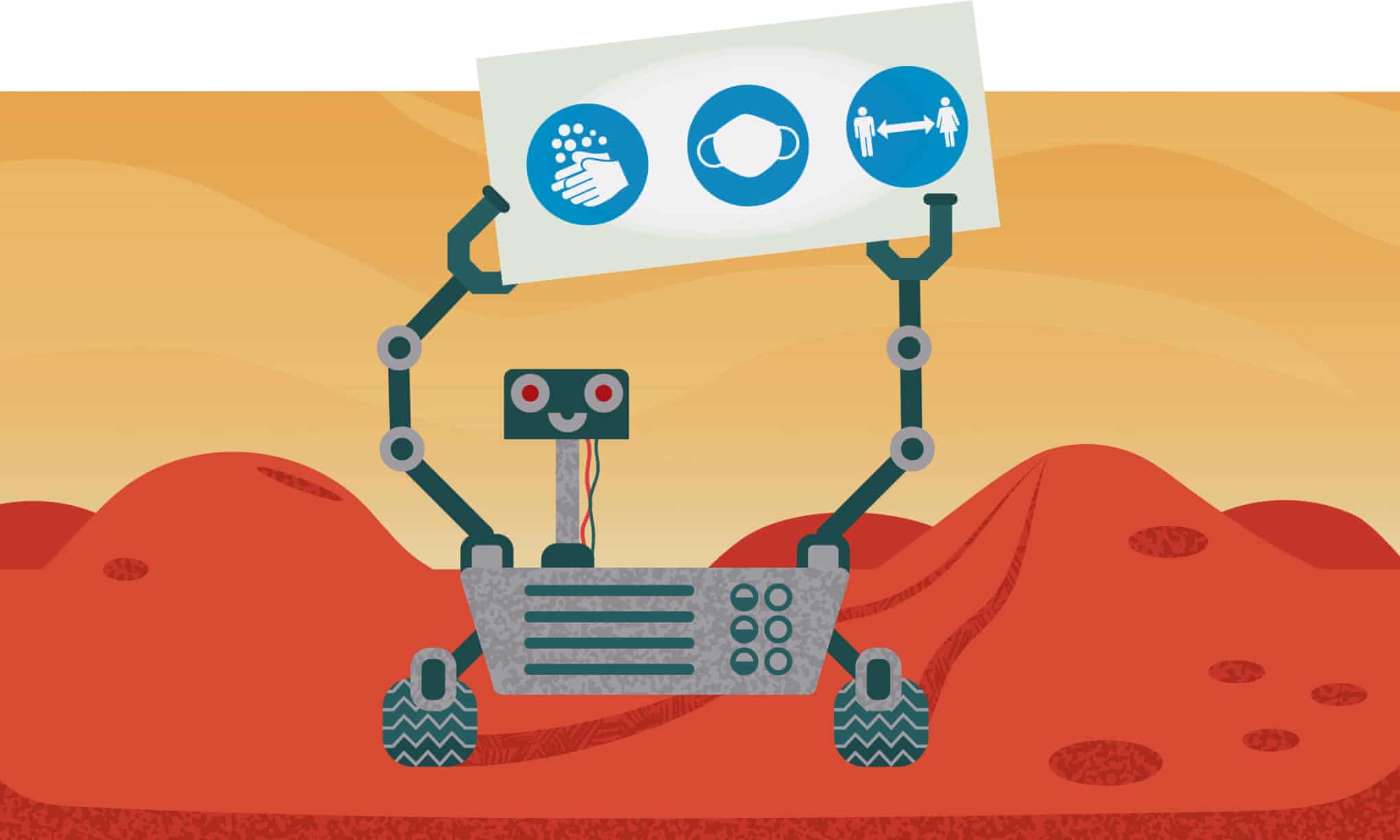
As countries begin an age of Martian exploration, planetary protection advocates insist we must be careful of interplanetary contamination

One of the lingering mysteries of the universe is why anything exists at all.

The Sun has a lot of rhythm and goes through different cycles of activity. The most well-known cycle might be the Schwabe cycle, which has an 11-year cadence. But what about cycles with much longer time scales? How can scientists understand them?

These two images were taken by the HiRISE camera on board the Mars Reconnaissance Orbiter and show how Mars’ surface is changing over time – in this case, due to thermal erosion.

Using the Sloan Digital Sky Survey, astronomers have identified two pairs of stars beyond the galaxy that are consuming their companions.








